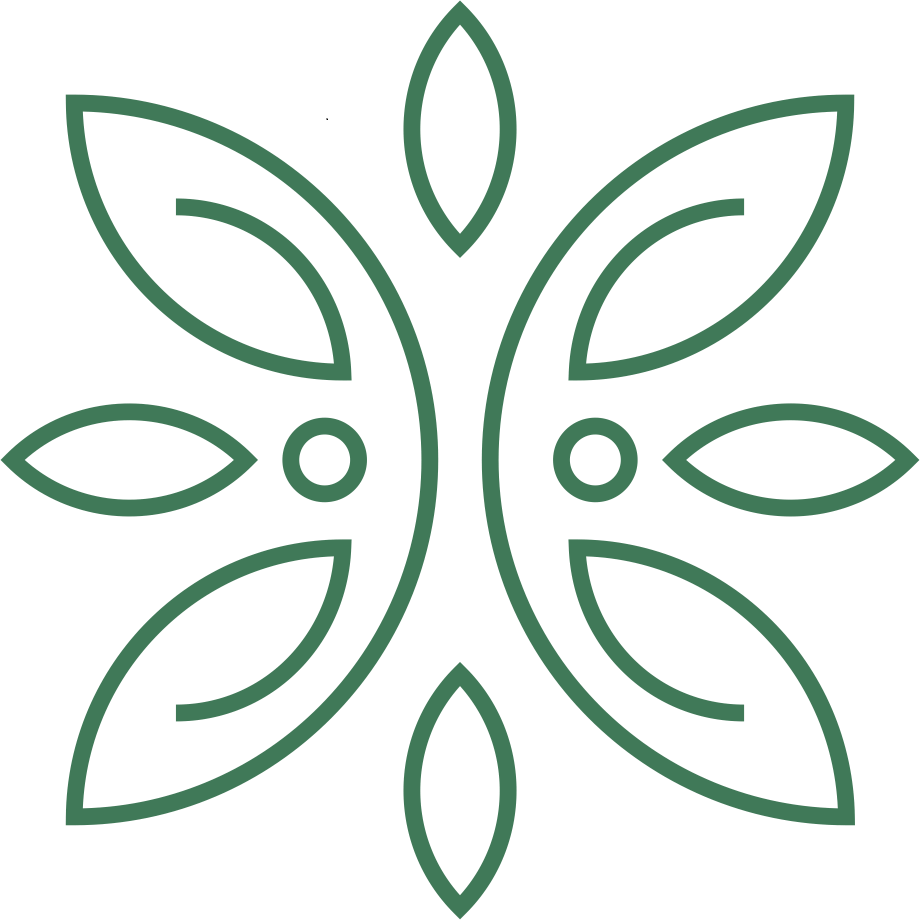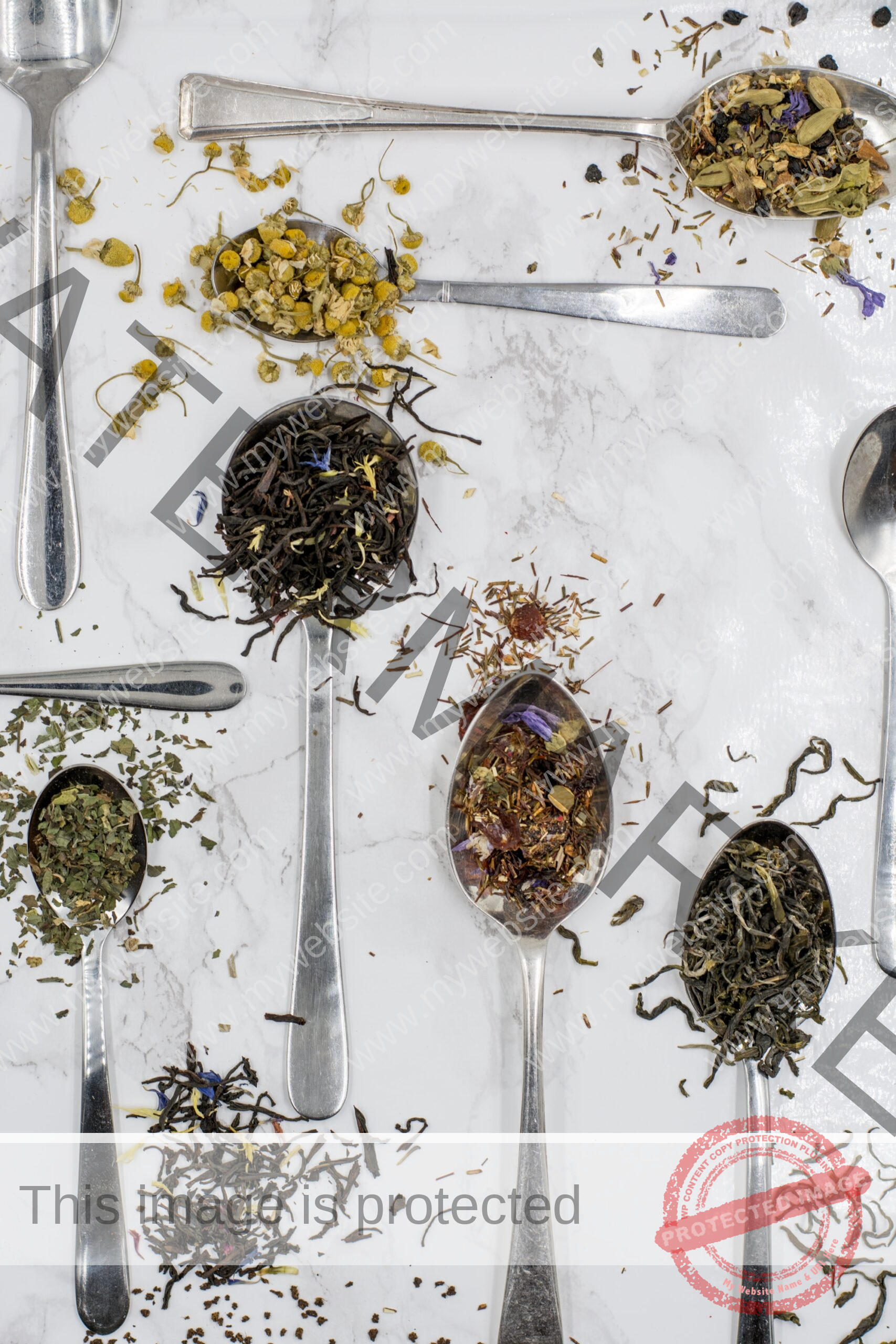
Ayahuasca vs Psilocybin: Differences and Similarities
29 May 2023
Introduction
Ayahuasca vs psilocybin what are the differences – Ayahuasca and psilocybin are two powerful entheogenic substances that have gained significant attention in recent years due to their potential therapeutic and spiritual benefits.
Both Ayahuasca and psilocybin are known for their ability to induce profound experiences and facilitate personal growth. In this blog, we will delve into the world of Ayahuasca and psilocybin, exploring their differences and similarities, and shedding light on their potential uses and effects.
For information on the differences between ayahuasca and DMT or ibogaine click the hyperlinks.
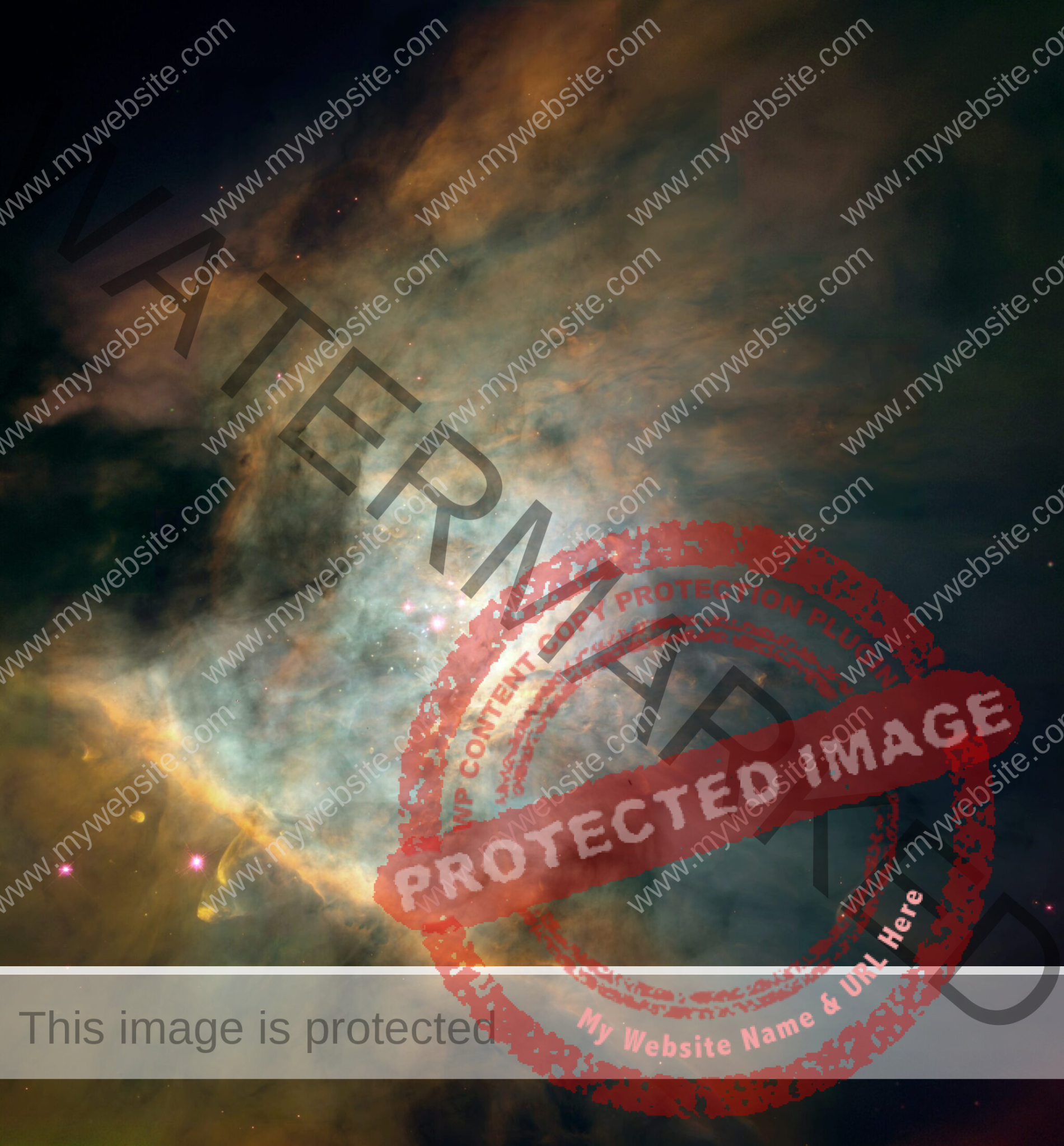
Understanding Ayahuasca
Ayahuasca is a psychoactive brew that originates from the Amazon rainforest. It is prepared using the Banisteriopsis caapi vine and the leaves of the Psychotria viridis chacruna plant, which contains the primary psychoactive compound known as DMT (dimethyltryptamine). Ayahuasca has been used for centuries by indigenous tribes in the Amazon for medicinal, spiritual, and ceremonial purposes.
Exploring Psilocybin
Psilocybin, on the other hand, is a naturally occurring compound found in certain species of mushrooms, commonly referred to as “magic mushrooms” or “psilocybin mushrooms.” These mushrooms have a long history of use in various cultures, including Celtic and other European tribes, for spiritual and ceremonial purposes. Psilocybin is converted into psilocin in the body, which interacts with 2A serotonin receptors in the brain, leading to altered states of consciousness.
Effects and Experiences
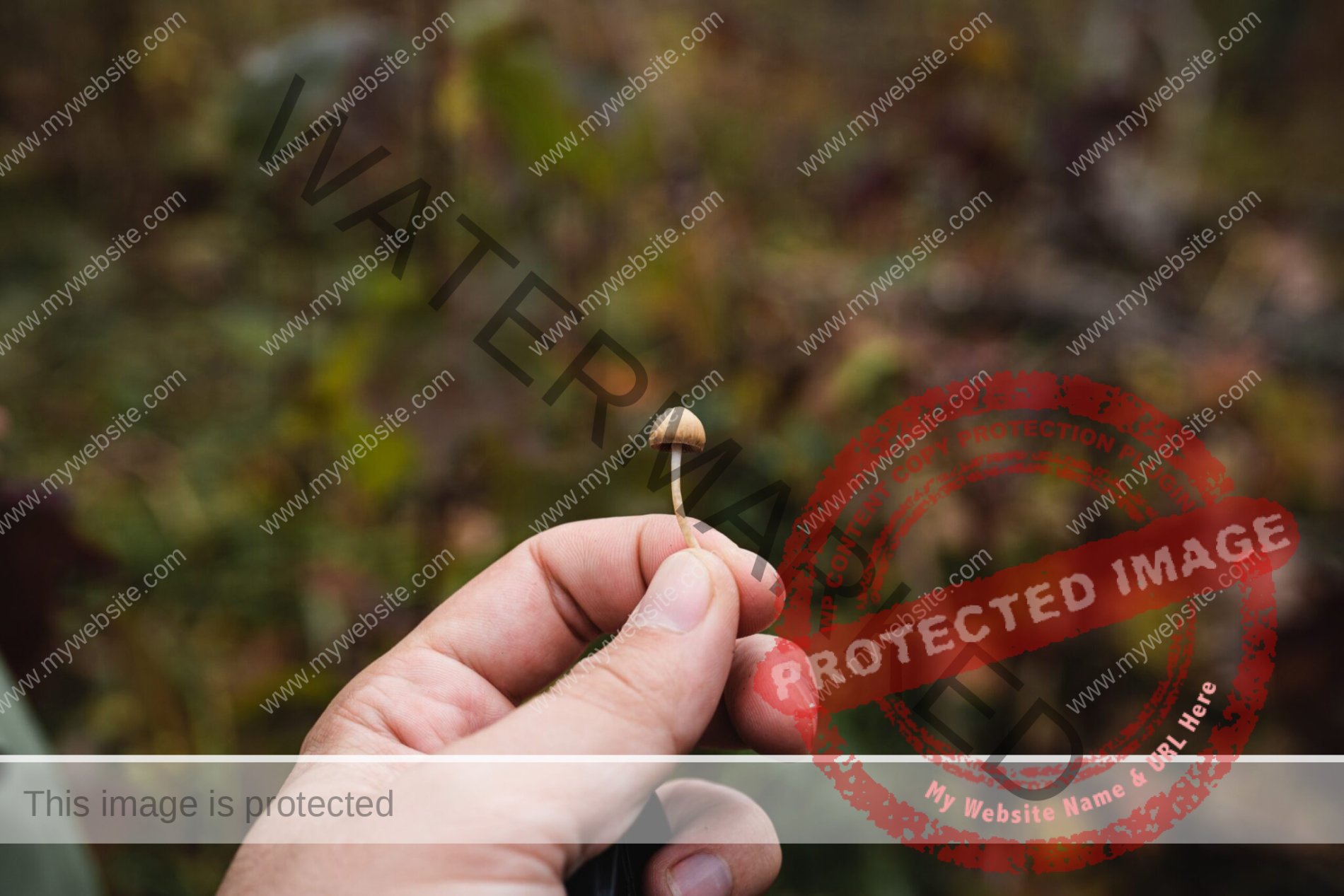
Both Ayahuasca and psilocybin have the potential to induce powerful psychedelic experiences (Crowe et al., 2023; Frecska et al., 2016). However, there are some notable differences in their effects.
Ayahuasca experiences are often described as immersive and introspective journeys that can last for several hours. Participants may experience intense visuals, emotional releases, and deep insights into their own psyche.
Ayahuasca ceremonies are typically conducted under the guidance of experienced shamans or facilitators to provide a safe and supportive environment.
Psilocybin experiences, on the other hand, are often characterised by a shorter duration compared to Ayahuasca. The effects of psilocybin can vary depending on the dosage and individual sensitivity. Users may experience enhanced sensory perception, introspection, emotional breakthroughs, and a sense of unity with the universe. Like Ayahuasca, psilocybin is often taken in a ceremonial or therapeutic setting to maximise its potential benefits.

Therapeutic Potential
Both Ayahuasca and psilocybin have shown promising results in the field of psychedelic-assisted therapy. Research suggests that these substances can be effective in treating various mental health conditions, such as depression, anxiety, post-traumatic stress disorder (PTSD), and addiction.
They are believed to work by promoting neuroplasticity, enhancing emotional processing, and facilitating profound insights that can lead to long-lasting positive changes.
Ayahuasca has gained recognition for its potential in addressing addiction, trauma, and depression (Cowley-Court et al., 2023), while psilocybin has shown promising results in treating end-of-life distress, treatment-resistant depression, and existential anxiety (Tupper et al., 2015). Clinical trials and ongoing research are shedding light on the therapeutic mechanisms of these substances, and they are increasingly being integrated into mainstream mental health practices.
Safety and Considerations
While Ayahuasca and psilocybin have demonstrated therapeutic potential, it is important to approach their use with caution and respect. Both substances can induce intense and sometimes challenging experiences. Therefore, it is crucial to seek guidance from experienced practitioners and undergo these experiences in safe and controlled settings.
It is also worth noting that Ayahuasca and psilocybin are still illegal in many countries, except for specific religious or research purposes. It is essential to understand and comply with local laws and regulations regarding the use of these substances.
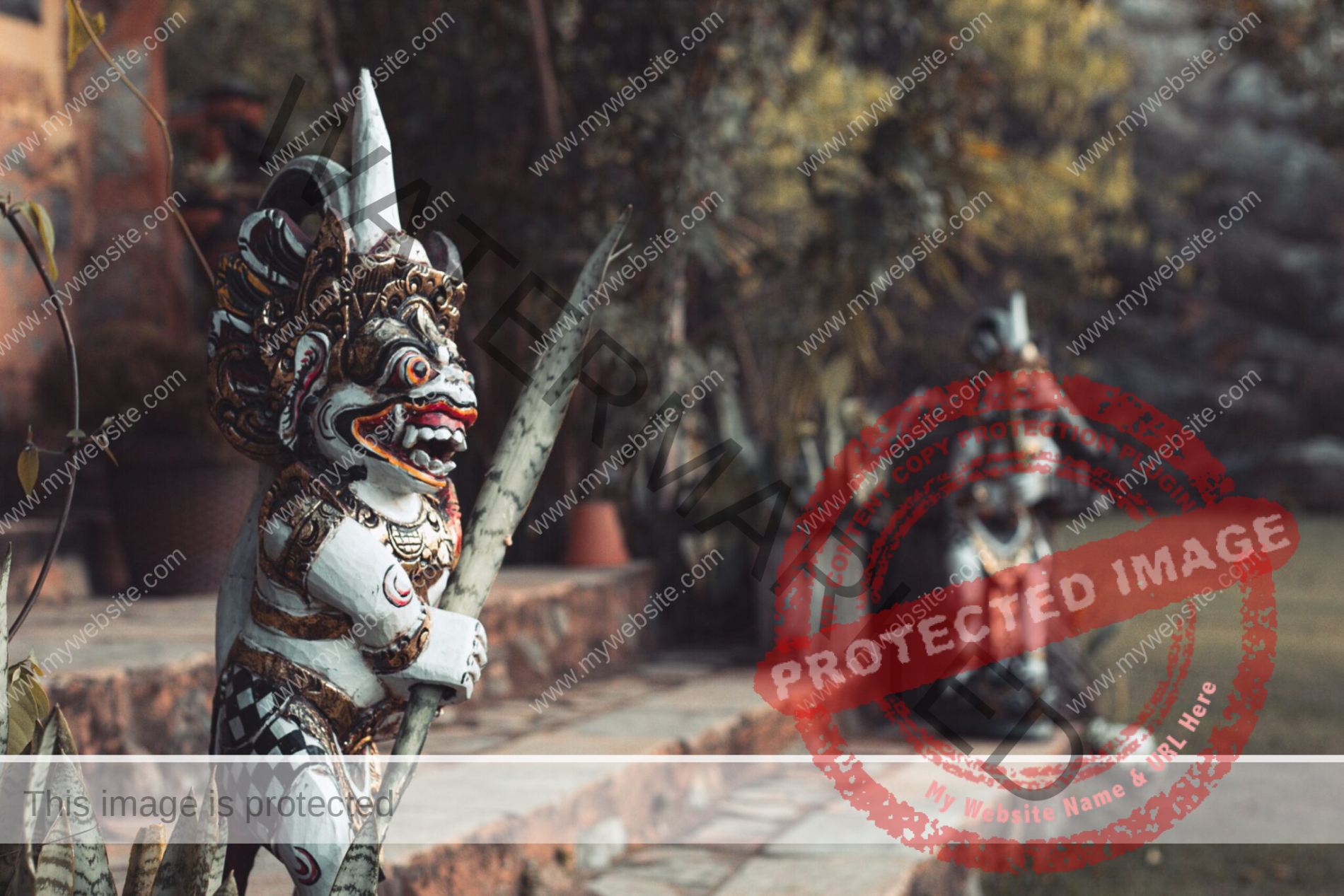
Conclusion
So Ayahuasca vs psilocybin? In the realm of psychedelic substances, Ayahuasca and psilocybin stand out for their profound effects and potential therapeutic benefits.
While Ayahuasca offers a longer and immersive experience under the guidance of experienced practitioners, psilocybin provides a shorter and more introspective journey.
Both substances have shown promise in the field of mental health and personal development, helping individuals gain insights, heal traumas, and transform their lives positively.
As interest in psychedelic-assisted therapy continues to grow, further research and exploration of Ayahuasca and psilocybin are warranted. The insights gained from these substances have the potential to revolutionise mental healthcare and offer new avenues for personal growth and healing.
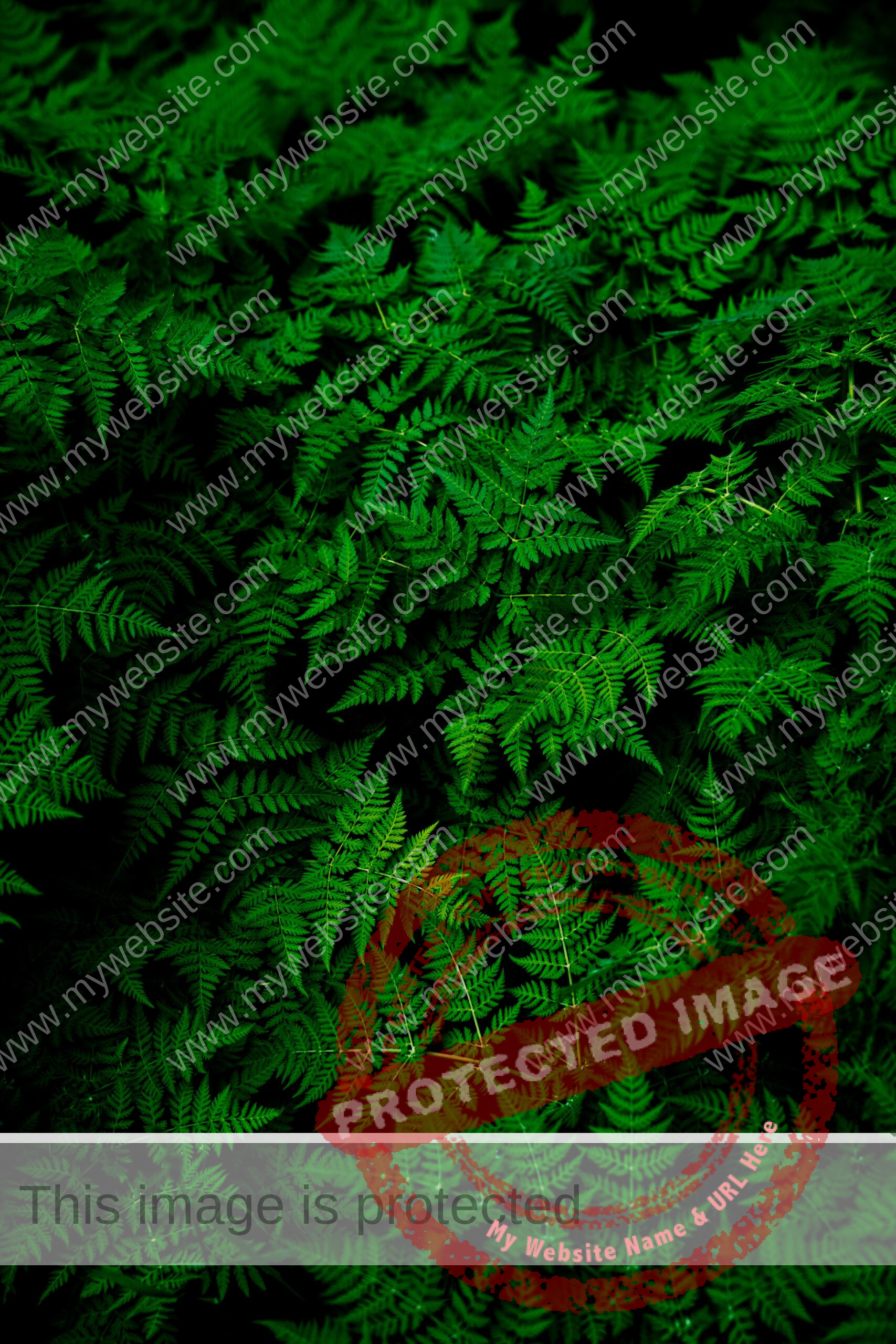 However, it is crucial to approach their use responsibly, respecting the cultural traditions and seeking professional guidance to ensure safety and maximise the potential benefits.
However, it is crucial to approach their use responsibly, respecting the cultural traditions and seeking professional guidance to ensure safety and maximise the potential benefits.
In summary, Ayahuasca and psilocybin are powerful tools that can catalyse profound experiences and facilitate personal transformation. Whether one chooses Ayahuasca or psilocybin, these substances have the potential to open doors of perception, promote self-reflection, and inspire a greater connection with oneself and the world around us.
Keywords: Ayahuasca vs Psilocybin, entheogenic substances, therapeutic benefits, psychedelic experiences, neuroplasticity, mental health conditions, psychedelic-assisted therapy, safety, personal growth, cultural traditions, professional guidance, personal transformation.
For more on both Psilocybin and Ayahuasca please check out our information pages by following the links.
Bibliography:
Cowley-Court, T., Chenhall, R., Sarris, J. J., Carlos Bouso, J., Fernando Tófoli, L., Sátiro Opaleye, E., Schubert, V., & Perkins, D. (2023). Life after Ayahuasca: A Qualitative Analysis of the Psychedelic Integration Experiences of 1630 Ayahuasca Drinkers from a Global Survey. Natural Hallucinogens in Mental Health, 2(2), 201–221. https://doi.org/10.3390/psychoactives2020014
Tupper, K. W., Wood, E., Yensen, R., & Johnson, M. W. (2015). Psychedelic medicine: a re-emerging therapeutic paradigm. Canadian Medical Association Journal, 187(14), 1054–1059. https://doi.org/10.1503/cmaj.141124


